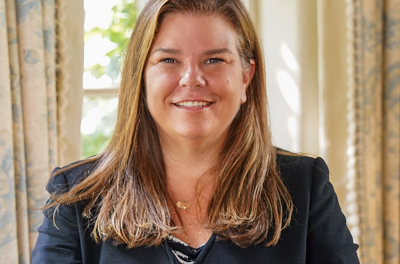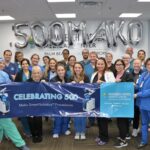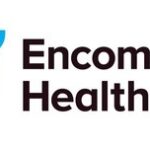 Since reform and regulation have stirred the industry, it has become an even more complex environment, though the goal is to streamline processes. In the wake of healthcare reform, healthcare IT has been forced to comply with new regulations and shifting needs. The government set forth deadlines by which providers and payors must meet milestones, placing emphasis on meaningful use, data availability and recovery, and the industry’s transition from ICD-9 to ICD-10.
Since reform and regulation have stirred the industry, it has become an even more complex environment, though the goal is to streamline processes. In the wake of healthcare reform, healthcare IT has been forced to comply with new regulations and shifting needs. The government set forth deadlines by which providers and payors must meet milestones, placing emphasis on meaningful use, data availability and recovery, and the industry’s transition from ICD-9 to ICD-10.
Given this complex and changing environment, IT providers must focus on solutions that will meet users’ needs today and in the future, while maximizing spending to deliver an ROI. But with so many vendors, how can one stand out from another yet still deliver technology that meets regulations?
CCHIT certified solutions, for example, are becoming more common since this is how the Department of Health and Human Services deems a system a "qualified EMR." However, many CCHIT solutions still require manual document sorting and data entry because of the complex nature of healthcare documents. Hospitals and clinics alike are looking for ways around this, as it is no secret that manual document handling is time consuming and expensive, and even allows for breaches in privacy with the involvement of third-parties.
By partnering with technology companies that provide advanced indexing and data lifting capabilities, CCHIT solutions can address these pain points by removing the human interaction and allowing higher levels of productivity, consequently differentiating themselves from the competition. By allowing complex and even handwritten documents such as provider notes or clinical documentation to enter the workflow, automatic routing to EHR, EMR or PM solutions can occur, and the data can be automatically located and lifted. Tangible results are seen almost immediately, and the CCHIT solution stands out from seemingly similar applications because of its greater level of automation.
Once these complex documents are incorporated into the workflow, coding and billing can occur. According to a recent study, between 5- and 15-percent of a coder’s time is spent reading health information, and 50-percent of a record clerk’s time is spent looking for information. ICD-9 is currently an accepted set of codes for reporting diagnoses and procedures, although it must be replaced by ICD-10 by October 2013. Because ICD-10 contains nearly 5-times as many codes, the conversion is predicted to decrease productivity by at least 25-percent for three to six months after the transition, and become more costly than Y2K in terms of both time and money.
Although the deadline to transition to ICD-10 is not until 2013, many have already started to look for solutions to counteract the predicted loss of efficiency. Computer Assisted Coding (CAC) can help, but many are still asking, “How will coders remain productive as they learn the new codes so that providers can submit/receive payments, and payors can process claims, at the same level of accuracy and speed?”
Because of these fears, there is a large opportunity for technology that can aid in the transition process. Newer, advanced solutions can bring greater levels of automation, help to increase processing times and accuracy, and even save money. By enhancing CAC solutions with capabilities that can automatically locate and lift medical terms and diagnoses from both printed and handwritten documents, the research process is sped up and manual labor decreased. All coded documents can then be indexed and routed with little human interaction, speeding productivity, and guaranteeing automation.
Healthcare data management is a complex world, and no one knows what changes are on the horizon. Current solutions can aid in productivity, but combining them with the capabilities of newer, advanced technology, today’s pain points can be lessened, automation improved, and tomorrow’s fears calmed.


























